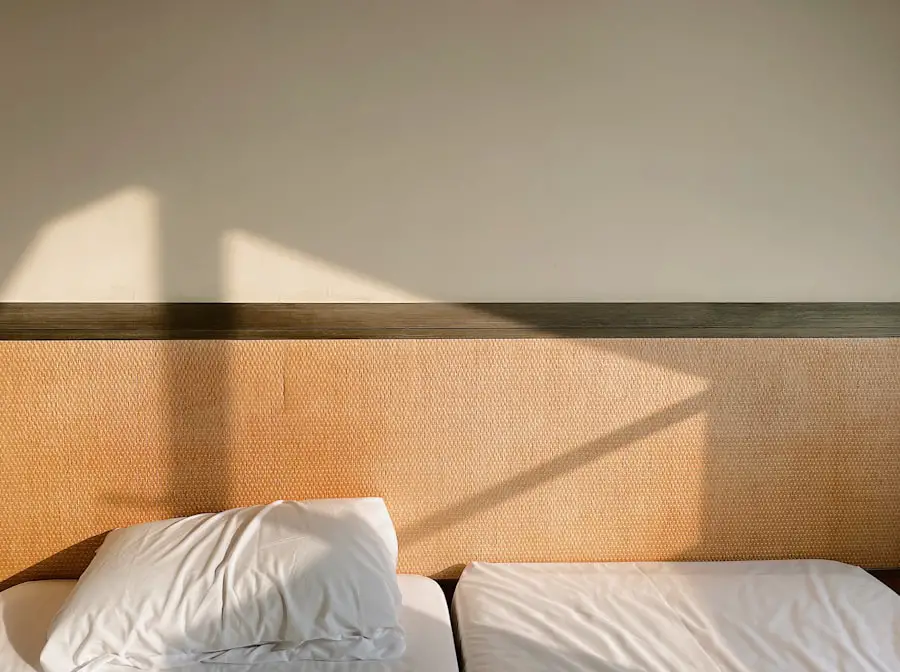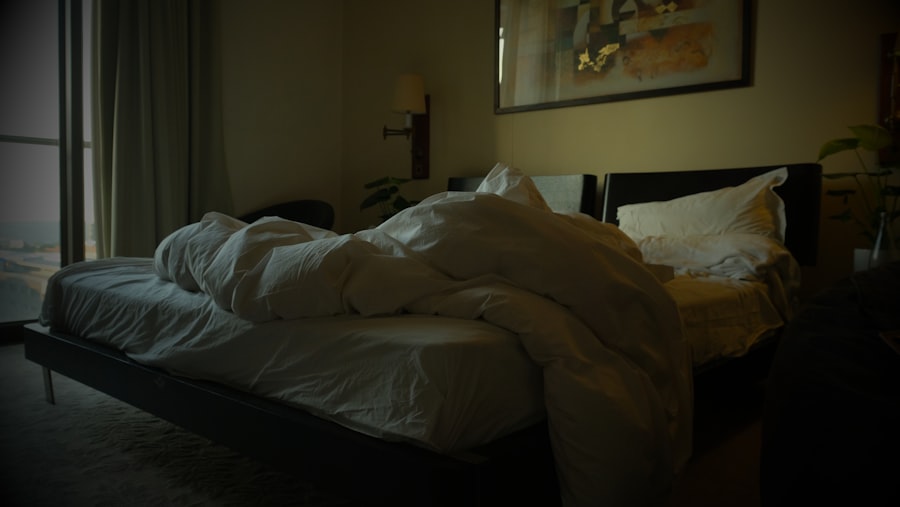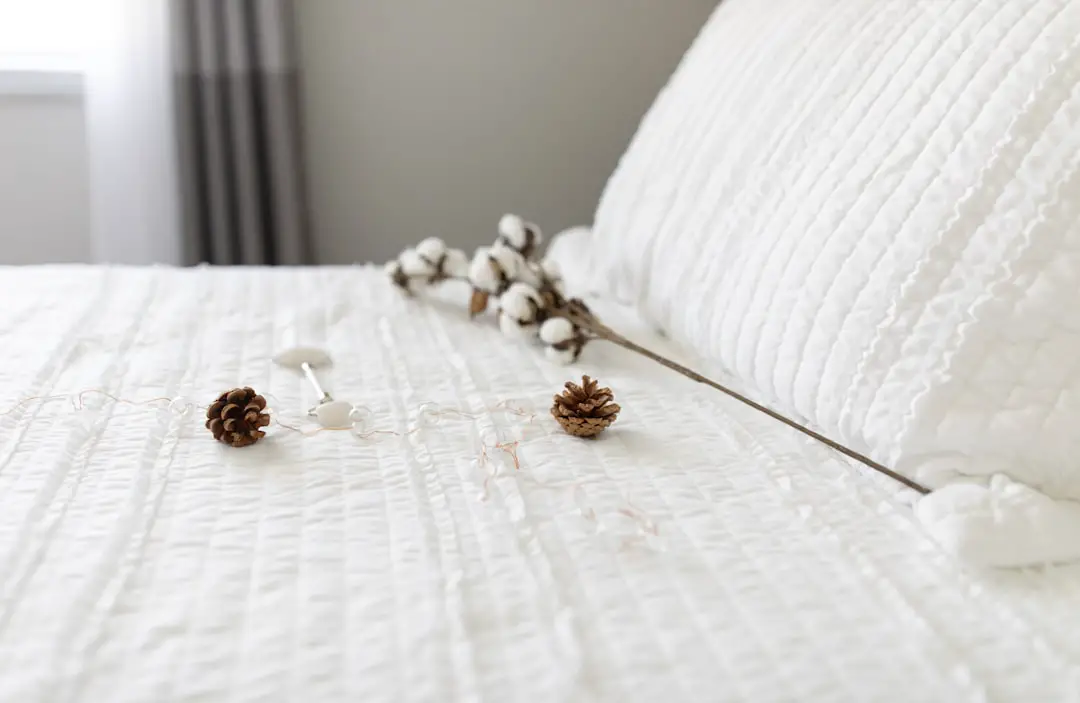Bed bugs, scientifically known as Cimex lectularius, have become a significant concern for travelers and hotel operators alike. These small, nocturnal insects are notorious for their ability to hitchhike on luggage, clothing, and personal belongings, making hotels a prime environment for their proliferation. The resurgence of bed bugs in recent years can be attributed to increased international travel, changes in pest control practices, and the insects’ remarkable resilience to many common insecticides.
As a result, the presence of bed bugs in hotel rooms has become a pressing issue that can lead to discomfort, anxiety, and even financial repercussions for both guests and hotel owners. The implications of a bed bug infestation extend beyond mere inconvenience. For guests, the experience of discovering bed bugs can be traumatic, often leading to sleepless nights and the potential for bites that can cause allergic reactions.
For hotels, a single report of bed bugs can tarnish their reputation, leading to negative reviews and a decline in bookings. Understanding the nature of bed bugs, their physical characteristics, signs of infestation, and preventive measures is essential for both travelers and hotel management to mitigate the risks associated with these unwelcome pests.
Key Takeaways
- Bed bugs are small, reddish-brown insects that feed on the blood of humans and animals, and can be found in hotel rooms.
- Bed bugs are flat, oval-shaped, and about the size of an apple seed, making them difficult to spot.
- Signs of bed bugs in a hotel room include blood stains on sheets, dark spots of bed bug excrement, and a sweet, musty odor.
- When looking for bed bugs in a hotel room, check the mattress, box spring, headboard, and nearby furniture for signs of infestation.
- If you find bed bugs in your hotel room, notify hotel management immediately and request a different room or a refund.
Physical Characteristics of Bed Bugs
Bed bugs are small, wingless insects that typically measure between 4 to 5 millimeters in length when fully grown. Their bodies are flat and oval-shaped, which allows them to hide easily in crevices and seams. The coloration of bed bugs varies from light brown to reddish-brown, depending on whether they have recently fed.
After a blood meal, their bodies swell and become more elongated, taking on a darker hue that can be alarming to those who encounter them. One of the most distinguishing features of bed bugs is their segmented abdomen, which is covered with tiny hairs that give them a somewhat velvety appearance. They possess six legs and two antennae that help them navigate their environment.
Despite their small size, bed bugs are highly resilient creatures; they can survive for several months without feeding and are capable of withstanding a range of temperatures. This adaptability makes them particularly challenging to eradicate once they establish themselves in a location.
Signs of Bed Bugs in a Hotel Room

Identifying the signs of bed bugs in a hotel room is crucial for early detection and prevention of a full-blown infestation. One of the most common indicators is the presence of small, reddish-brown stains on bedding or mattresses, which are often the result of crushed bed bugs or their excrement. Guests may also notice tiny black dots on sheets or furniture, which are fecal matter left behind by these pests.
In addition to visual signs, physical symptoms can also indicate a bed bug problem. Guests may experience itchy welts or rashes on their skin after being bitten during the night. These bites often appear in clusters or lines and can lead to significant discomfort.
It is important to note that not everyone reacts to bed bug bites in the same way; some individuals may not show any visible signs at all, making it essential to remain vigilant for other indicators of an infestation.
Where to Look for Bed Bugs in a Hotel Room
| Area | Potential Bed Bug Hiding Spots |
|---|---|
| Bed | Seams, crevices, and under the mattress |
| Furniture | Behind headboards, in drawers, and under cushions |
| Wall and Ceiling | Cracks, peeling wallpaper, and ceiling moldings |
| Electrical Outlets | Around electrical outlets and light switches |
| Carpet | Edges, seams, and under the carpet |
When searching for bed bugs in a hotel room, it is essential to know where these pests are likely to hide. Bed bugs prefer dark, secluded areas close to their food source—typically humans sleeping in beds. Therefore, the first place to inspect is the mattress and box spring.
Guests should carefully examine the seams, folds, and corners of the mattress for any signs of bed bugs or their eggs. Beyond the mattress, other common hiding spots include headboards, nightstands, and upholstered furniture. Bed bugs can also be found in luggage racks, behind wallpaper, and within electrical outlets.
It is advisable to check any personal belongings that have been placed on the floor or near the bed as well. By conducting a thorough inspection of these areas upon entering a hotel room, guests can significantly reduce their risk of encountering bed bugs during their stay.
What to Do if You Find Bed Bugs in Your Hotel Room
Discovering bed bugs in a hotel room can be alarming, but knowing how to respond can help mitigate the situation.
The first step is to remain calm and avoid panicking. Guests should refrain from moving their belongings around the room, as this could inadvertently spread the infestation.Instead, they should take photographs of the evidence—such as bites or visible bugs—to document the issue. Once evidence has been gathered, it is crucial to notify hotel management immediately. Most reputable hotels have protocols in place for handling bed bug complaints and will take swift action to address the problem.
It is also advisable to inspect any luggage or personal items before leaving the room to ensure that no bed bugs are inadvertently taken home.
Preventing Bed Bugs in Your Hotel Room

Preventing bed bugs from entering your hotel room requires vigilance and proactive measures. Before even unpacking, guests should conduct a thorough inspection of the room as soon as they arrive. This includes checking the mattress seams, headboards, and any upholstered furniture for signs of bed bugs or their droppings.
If any evidence is found, it is best to request a different room or consider finding alternative accommodations. When traveling with luggage, it is wise to keep bags elevated off the floor and away from beds or upholstered furniture. Using luggage racks can help minimize contact with potential infestations lurking on carpets or bedding.
Additionally, travelers should avoid placing clothing directly on beds or furniture; instead, they should keep items stored in sealed plastic bags until they are ready to use them.
Reporting Bed Bugs to Hotel Management
Reporting bed bugs to hotel management is not only essential for personal safety but also contributes to broader efforts in combating infestations within the hospitality industry. When guests encounter bed bugs, they should approach management calmly and provide detailed information about their findings.
Hotel management typically has established protocols for addressing such complaints. They may conduct an immediate inspection of the room and surrounding areas to assess the extent of the infestation. In many cases, hotels will take swift action by relocating affected guests and initiating pest control measures to eliminate the problem.
By reporting incidents promptly, guests play an important role in helping hotels maintain a safe and comfortable environment for all visitors.
Professional Bed Bug Inspection and Treatment
In cases where bed bug infestations are confirmed or suspected within a hotel property, professional inspection and treatment become necessary steps toward resolution. Pest control companies specializing in bed bug eradication employ trained technicians who utilize various methods to identify and eliminate these pests effectively. Inspections often involve thorough examinations using specialized equipment such as thermal imaging cameras or canine detection teams trained to sniff out bed bugs.
Once an infestation is confirmed, treatment options may include chemical applications using insecticides specifically designed for bed bug control or non-chemical methods such as heat treatment. Heat treatment involves raising the temperature of infested areas to levels lethal for bed bugs while ensuring safety for guests and property. Follow-up inspections are typically conducted after treatment to ensure that all pests have been eliminated successfully.
In conclusion, understanding bed bugs—ranging from their physical characteristics to effective prevention strategies—empowers both travelers and hotel management to address this pervasive issue proactively. By fostering awareness and implementing best practices for detection and reporting, we can work together to create safer environments free from these unwelcome pests.
If you are concerned about encountering bed bugs during your travels, it is important to know how to spot the signs of their presence in a hotel room. One helpful article that provides tips on how to tell if a hotel room has bed bugs can be found here. By following the advice in this article, you can protect yourself from bringing these unwanted pests back home with you. Additionally, if you are looking for other travel-related products, such as a rechargeable hand warmer or a golf travel bag, you can check out this article or this article for more information.
FAQs
What are bed bugs?
Bed bugs are small, reddish-brown insects that feed on the blood of humans and animals. They are typically found in and around sleeping areas, such as beds and sofas.
How can I tell if a hotel room has bed bugs?
You can look for signs of bed bugs in a hotel room by checking the seams and crevices of the mattress, box spring, and furniture for live bugs, shed skins, and dark spots (fecal matter).
What are the common signs of bed bugs in a hotel room?
Common signs of bed bugs in a hotel room include small red or brown spots on the bedding, a musty odor, and small, itchy bites on the skin.
What should I do if I suspect a hotel room has bed bugs?
If you suspect a hotel room has bed bugs, you should notify the hotel staff immediately and request a different room. It’s important to avoid bringing any infested items into your home to prevent spreading the infestation.
Can I prevent bringing bed bugs home from a hotel?
To prevent bringing bed bugs home from a hotel, you can inspect your luggage and belongings before leaving the hotel, and wash and dry your clothes on high heat as soon as you return home.
